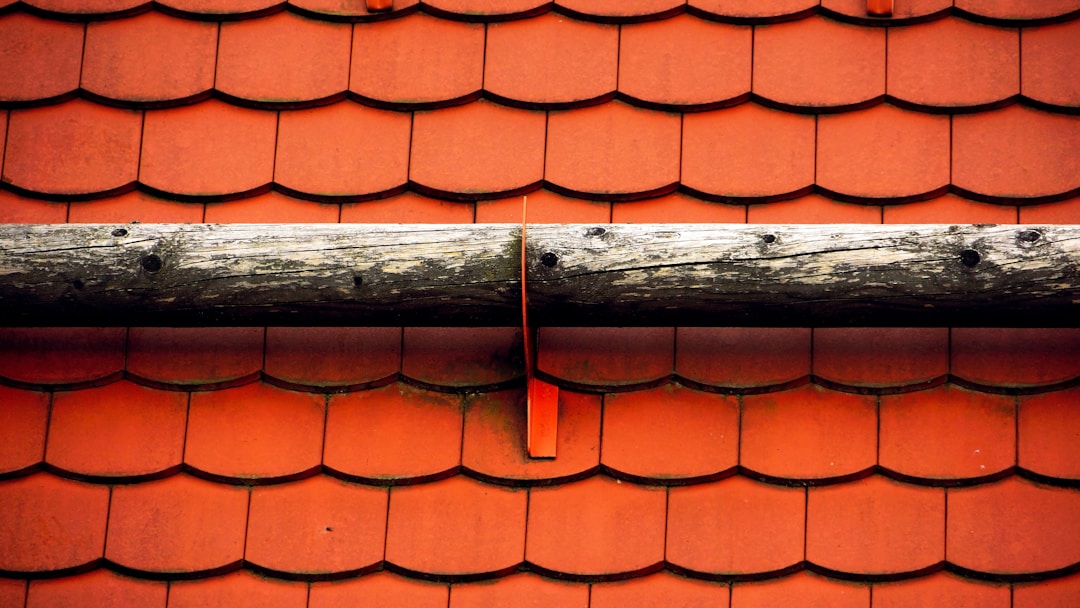Weatherproofing your home is crucial as Mother Nature has the habit of pulling up surprises. The seasons are ever-changing. One day, it’s cold; the next day, it’s too hot or too windy. Whichever way, it doesn’t have to impair your comfort as long as you’re ready for whatever nature has in store. What’s more, you don’t have to start making emergency fixes that will likely cost more than expected. That said, check out these smart tips to weatherproof your home.
1. Inspect your roof periodically.

Year in, year out, your roof endures many pressures from outdoor elements. As a homeowner, you’ll be making a huge mistake to assume everything is fine. On the contrary, the weather has its way of causing havoc on your roof. Believe it or not, water from rain or dissolved ice is a common culprit. That’s why protecting your roof is vital because water can destroy furniture, electronic appliances. The good news is that you can spot water damage early by looking out for discolored patches on your ceiling before the damage gets bigger or the water starts coming in.
Some roof checks might not be an easy DIY job so that you might need the help of professionals. They’ll look out for loosed shingles and protruding nails. Remember roofers are busy and offer costlier service during winter, so make this move earlier before winter or the rain arrives.
2. Inspect your heating system.

The last challenge you want to face is a heating problem, especially if you live in a cold climate and the winter decides to bite hard. According to the United States Fire Administration, heating systems are one of the major causes of fire in residential buildings. Therefore, staying warm isn’t only the goal here, but keeping safe as well. If you don’t know what to look out for, let the experts come in to do a comprehensive check. They likely suggest you install heat pumps. If you already have an air source heat pump installed, you may need to update high-efficiency heat pumps that provide heating in icy climatic regions. With this, you’ll stay well protected from the Armageddon of winters.
3. Don’t forget your garden.

If you have flowers outside your home, the changing weather means you may need to take steps to keep your plants safe from unforeseen harsh winter conditions. Furthermore, having trees around your home is great as they help break the wind and beautify your surroundings. However, strong winds can break tree branches. That could mean a couple of hundreds or thousands of dollars in damage as tree branches can destroy your roof and car. Also, you might need professional help to detach large tree branches.
4. Seal windows and doors.

Cold outdoor air can leak into your home via windows and doors during winter. This can potentially decrease your energy savings as you’ll require more warm air from the heaters. The best option is to seal your doors and windows, a simple DIY job that you can carry out with a naked flame from a candle. Place the lit candle close to the doors and windows, and observe if the flames aren’t steady.
Move it around the door and window frame to ensure you don’t miss any spot. You can seal it by yourself with a weather seal or hire a handyman for the job. You’ll not only keep the cold out but also drop energy costs by 25%‚Äîsince you’ll be retaining more heat while your heating system may be off for a while.
This is a great move, especially if you have small children or pets in the home. Many pet owners don’t know that their furry friends or companions can also get very cold in the winter and need a lot of veterinary care. Like humans, they’re also susceptible to cold weather that causes allergy symptoms, frostbite,s and hypothermia. However, if you’re considering adopting a pet, this shouldn’t stop you. Pets are a great company and are so much fun when you can’t go outdoors in the harsh winter. So, should you get a pet? Definitely yes. Very likely, most dog owners will agree.
5. Use heat reflective paint.

Weatherproofing isn’t for the winter seasons only. If you live in places like Australia and the tropics, temperatures can get a little mean. You can adopt heat reflective paint on your room and walls to keep things a bit cool. These paints can reflect above 70% of solar radiation. What’s more, if you’re cool indoors, you don’t have to use the cooling system all the time, which can reduce your energy consumption significantly.
